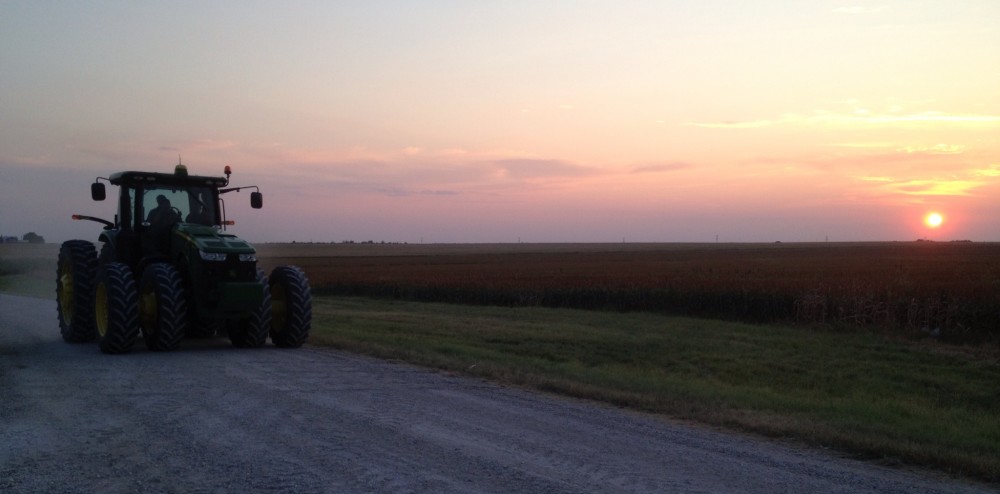It is with trepidation, I write this post.
Trepidation is defined as a feeling of fear or agitation about something that may happen. The word is from Latin words meaning to tremble with alarm.
Change can be sad and alarming. In one of his most famous songs, Pet Seeger follows the flowers from a young girl’s hands to the young man going off to war to her placing the flowers on his gravestone. Where have all the flowers gone?
With the 1969 Best Picture, “Midnight Cowboy,” we lose something. With a naive trembling, we set the youthful blooms of the first forty-two years of the Best Pictures down and stand sadly to step away into a new era of cinema.
A theatrical exuberance inhabits those first forty-two years of Oscar-winning Best Pictures. From 1928 to 1969, there is a celluloid youth and energy that at times almost bubbles over to entertain its audience. Perhaps that is that. The films of the first five decades of the Oscars are largely entertaining. For the 20’s to the 30’s into the 40’s through the 50’s and continuing to most of the 60’s, the cinema is there to entertain, to captivate and draw away, to lose one’s self in the magic of film, to lift and soar in moments of near thoughtless reverie and delight.
Could it continue forever?
The message was delivered. There needs to be more thought, more art in the Best Picture. It had been thought movies were entertainment and entertainment was the movies. Now will movies be more art and entertainment and art and entertainment less the movies?
This is, of course, for the audience to decide, not a humble ethnofamilymovieographer. Ours is simply to watch and record.
One of the questions on the post-show EthnoFamilyMovieOgraphy Survey is this:
“You stop at a crowded intersection during rush hour in the rain. This movie approaches as a panhandler. Assume you have unlimited cash on your person and you regularly give to panhandlers. Circle how much money you would hand through the window: NONE $10 $1,000,000 MORE”
Of the first forty-two Best Pictures, the window was rolled up on “Midnight Cowboy” more than any other film. More people circled “NONE” than ever before. And, for the first time, the panhandler was not handed a “$1,000,000” or “MORE” by anyone in the audience. A few “$10” bills were flung through the window, but that was that.
The distillation of the “Likes” and “Dislikes” from the surveys resulted in the following summary sentence:
“Most appreciated the acting and the actors, especially the portrayal of ‘Ratso’ Rizzo by Dustin Hoffman, described by one viewer as one of the great method actors of our time; and although some found love and redemption in the brotherly caring relationship that develops between Cowboy Joe Buck and Rizzo, most disliked the movie and characterized the story of the show variously as sordid, bleak, depressing, pointless, degrading, immoral, disgusting, dark and demoralizing — to the the point that a number of viewers summarized simply by saying they disliked everything, reflecting perhaps a picture garnering limited critical appreciation but providing little audience enjoyment; there is little joy in this show.”
It is with some trepidation that we move to the Best Pictures of the 70’s.
The 60’s have had a marvelous run of first-rate shows. My Fair Lady, The Sound of Music, A Man for All Seasons, In the Heat of the Night, and Oliver represent together the five most highly rated shows to date to play in consecutive order. They are magnificent entertainment. Unfortunately, Midnight Cowboy was not viewed as so entertaining. In fact, it received the second lowest rating (3.19) given to any of the first 42 Best Pictures, barely doing better than the rating of 3.17 for Tom Jones (the lowest score to date).
Is it time to begin to tremble with alarm?
Where have all the flowers gone?
Long time passing.
When will they ever learn?
Long time ago.
What will the future hold?
Long time passing.
Grandpa Jim
